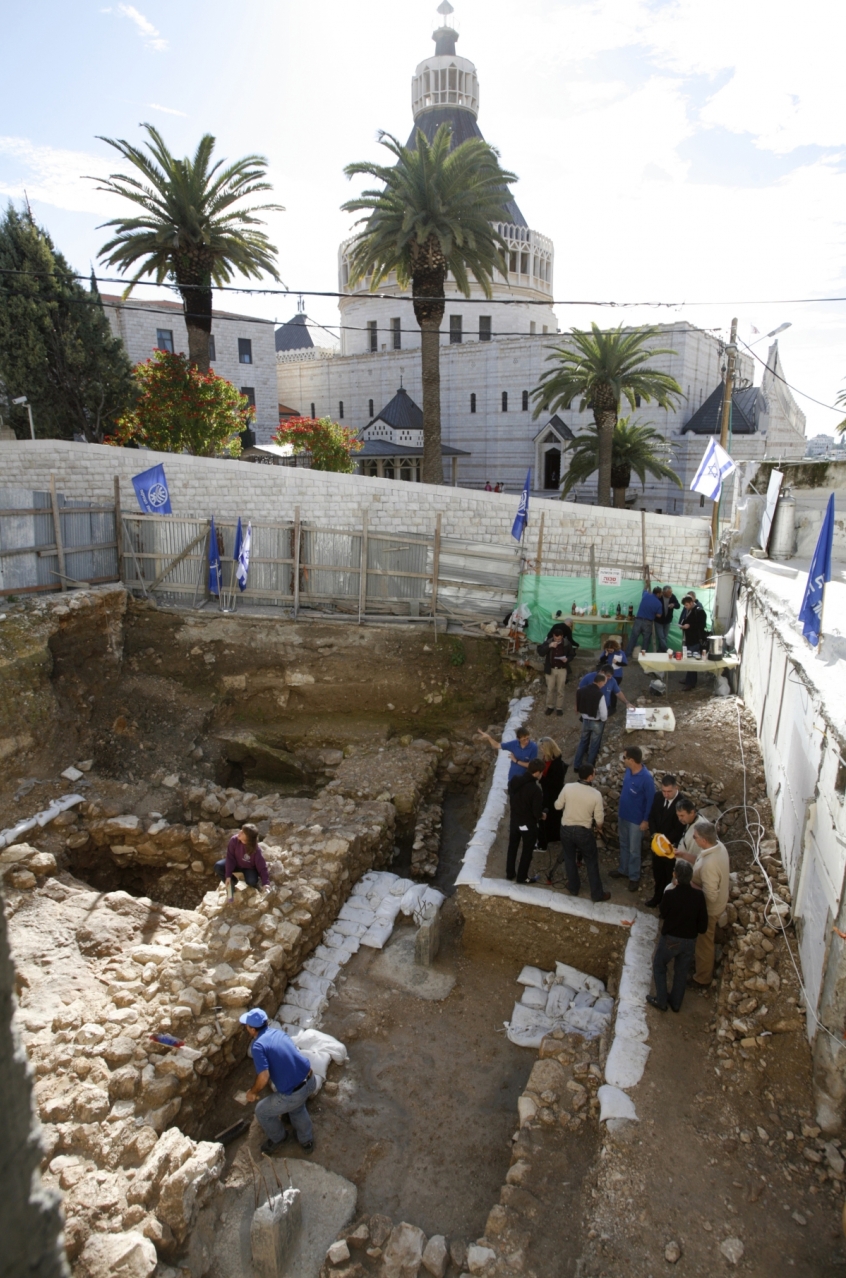
Despite the increasing secularisation of Western society, we still seem obsessed with religious artefacts. In fact, it can be guaranteed that every time there's a high level 'discovery' that might have even some tangential link to the Bible or ancient Church history, the media laps it up.
'Sophisticated fort found at an ancient mining camp sheds light on biblical battles in the time of King Solomon' reported the Daily Mail. 'Ancient Philistine cemetery discovered in Israel could solve one of the Bible's biggest mysteries' proclaimed the Independent. We here at Christian Today are also interested – this morning I wrote, 'Archaeologist Says Jesus' Childhood House May Have Been Uncovered In Nazareth, Israel'.
These are just from the past few months, but they build on a much longer tradition of excited discoveries, some of them fake. From the early centuries of Christian faith, some believed parts of the 'True Cross' (the cross on which Jesus was crucified) were held in the Church of the Holy Sepulchre in Jerusalem. This led on to other famous cases such as the search for the Holy Grail (the chalice supposed to have been used at the Last Supper) and even things which have more credibility, such as the Shroud of Turin.
Every few days, news stories surface about the Holy Grail – so ingrained is it in our culture.
It's obvious why these items arouse such interest, whether real or fake. We are embodied creatures and physical things have a value to us. So, even though our faith is primarily about the spiritual realm, we can't dismiss the significance of physical things – they evoke emotions in us, even if we reject the idea that that's true.
Think about an austere Presbyterian church building. Ostensibly, its plainness is supposed to help free the attention from visual things. But in itself, the décor of such a building is making a statement and will influence those who are worshipping there.
It's the same when it comes to archaeological sites, such as the house of Jesus which has possibly been uncovered. We can dismiss its relevance totally, but really, we can see why there is interest in it. If it is indeed the place where Jesus lived and grew up, it's an important site. Not because it is imbued with any magical healing powers or because it 'proves' anything about the Bible or Jesus himself. But because in the same way as we are embodied, physical creatures, so was Jesus. The power of the Incarnation is that it happened at a specific time in a specific place.
There are certain sites in the Holy Land which evoke a special feeling because they are almost certainly the places where Jesus actually walked. There are also many other sites which probably aren't authentic, of course. But that doesn't negate the places which really were walked in by Jesus, such as the Garden of Gethsemane or the banks of the River Jordan. These places retain a sense of wonder to many Christians, even if we don't have the exact location where the Biblical accounts of Jesus actually happened.
In a similar way, many other ancient sites of pilgrimage and prayer seem to have a special something that is hard to pin down. For example, many of the places I listed in the article '10 Places Which Tell The Story Of Christian History In Britain' have a profound sense of spiritual as well as historical significance. The Celtic Christians called these locations 'thin places'.
Both natural and built environments can be 'thin places', where heaven seems somehow closer to earth and where prayer and encounter with God can seem deeper and more immediate.
So, should we care when archaeologists 'discover' something new? I suppose I'd say, yes and no. It's always interesting to see historical evidence for biblical stories and such places will always have the capacity to help us on our walk. We are physical, sensory beings and our environments deeply affect us.
At the same time, though, we probably shouldn't get too hung up on each new discovery. After all, as Jesus said later in his ministry, 'Foxes have holes, and birds of the air have nests; but the Son of Man has nowhere to lay his head.'















